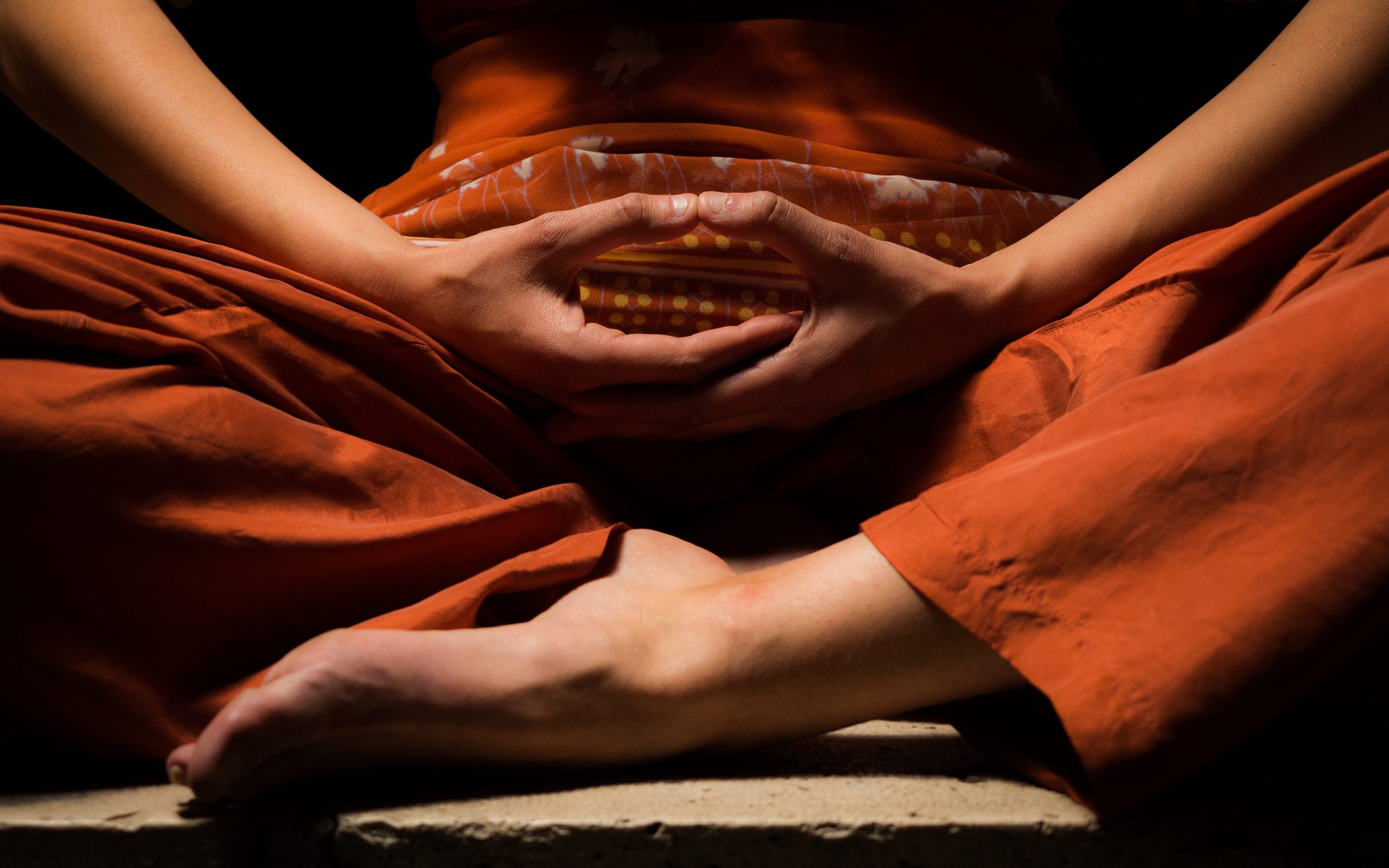Have you noticed during discussions or when pondering solutions that your hands come together to form a loose dome? Without being conscious of it, you are practising ‘Archaka Mudra’. The move is not surprising because this particular Mudra in Yoga is used to improve concentration, calm nerves, and balance the left and right hemispheres of the brain.
FINE YOGIC TOOLS
Mudras rarely have top-of-mind recall when we talk of Yoga because ‘Yoga’ means flexibility and fitness to most people. But Dr N Ganesh Rao, Founder, ACT Yoga, senior Professor of Yoga & Philosophy, and Technical Expert for QCI & YCB says: “If you add Mudras to your Yoga practice, you get subtle benefits added to the grosser benefits from Asana and Pranayama.”
Mudras are symbolic hand gestures used to influence the flow of energy in the body. They are useful tools for directing healthy energy to organs and also for spiritual awakening.
These gestures are from the Hatha Yoga tradition and can be related to the hand, head, body postures, bandhas (locks) and the base (perineum).
MUDRAS, NEUROSCIENCE & HEALING
Of the 120 Mudras, 37 are hand gestures used to regulate the flow of Prana.
There are connections between the hand and areas of the brain. Mudras impact the marmas (points of prana or energy vital points) and work on the autonomic nervous system. Done along with Pranayama, Mudras can channel higher (pranic) energies into the body and mind, and influence energy currents. This is how some healers heal through their hands.
USING MUDRAS FOR HEALTH
Mudras can help in chronic illnesses and injuries by clearing energy blockages, which then restores health in organs. Relief, however, comes gradually and over a period of time.
Though Mudras can cure, they cannot be used like pills for a disease. According to Dr Rao, Yoga therapy is necessarily through a bundle of practices because we’re dealing with the person who has the disease. The disease is only a symptom; we need to know and address the source or cause of disease. Besides, for Mudras to be effective, lifestyle and diet changes are a must.
There should be no doubt about the efficacy of Mudras. Research on most Yoga practices always confirms the benefits that ancient Yoga texts describe, he adds.
MUDRAS FOR MEDITATION
Mudras are often sought as ‘keys’ for quickly attaining siddhis (esoteric powers). Yes, they do deepen meditation and open chakras (energy centres). Dr Rao cautions, however, that Yoga practices move from social to physical to mental, to energy and then to spiritual levels. And so, even advanced practitioners need to include all levels of practice.
A healthy body and peaceful mind are necessary prerequisites for Pranayama and meditation and this is why the Asana and Yama-Niyama aspects of Yoga cannot be skipped.
A MUDRA THAT CAN SAVE YOUR LIFE
A few Mudras can actually bring immediate relief at the physical level. ‘Mritsanjivani Mudra’ is traditionally used in the case of acute heart attack while waiting for medical help and is affectionately called the ‘life-saving Mudra’, as per the book Mudras of India. “When learnt properly, mudras can serve as side-effect-free healthcare and first aid in the case of acute illness,” say the book’s authors Cain Carroll and Revital Carroll. ‘Shunya Mudra’ can cure vertigo and help in earache and pressure changes during air travel.
NOT FOR CASUAL PRACTICE
Mudras are easy enough to be done anywhere while walking, sitting, standing, and so on. But remember that we are dealing with energy flows, and if done without knowing enough, it can create energy imbalances — aka havoc — in the system. This is why teachers of Yoga are careful in imparting this knowledge.
For instance, for pregnant women, it is known that Mudras can assist ease of delivery. But because one needs to be careful after a certain stage of pregnancy, Dr Rao advises learning from a teacher and following instructions customised for you, rather than trying it on your own.
YOU CAN SAFELY USE THESE MUDRAS
Jnana or Chin Mudra: Reduce daydreaming during meditation, aid easy breathing, and centering and grounding by adopting either of these. In both, the tip of the index finger touches the tip of the thumb; the difference is that the palms that are lightly placed near the knee face down in Chin Mudra, and face up in Jnana Mudra.
Anjali Mudra or the Namaste pose: To calm and centre yourself and create feelings of humility, reverence and devotion, join both palms in front of the chest, with the fingers together and pointing upward. This facilitates connection to the heart.
Dhyan Mudra: For natural deep breathing, and to help digestion and assimilation — also if you are an earnest seeker and want to release attachments. Place the right hand on top of the left and rest both hands in the lap, palms facing up.
When applying Mudra to any practice, ensure sitting with an erect spine, relaxed shoulders and free breathing.
The author is a journalist, cancer survivor and certified yoga teacher. She can be reached at swatikamal@gmail.com.






